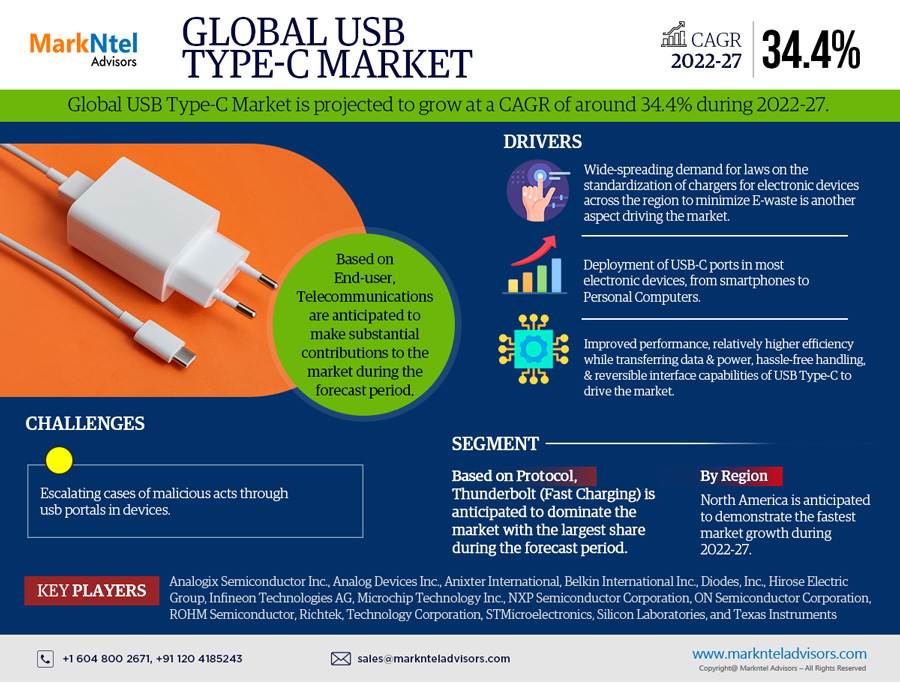How To Verify Users on Your Ecommerce App

There are multiple b2b applications available for businesses that claim to open up new dimensions – from global expansion to increased profits. But not every application is valid. There is a constant threat of fraud and that is why the ecommerce application must have a strict verification process.
If you have an e-commerce application and want to keep your users satisfied and assured, then it is necessary to build an app like Amazon. It is the perfect example of an e-commerce application with the finest verification process.
You can take inspiration from that e-commerce. But to make things easier for you, here is how you can verify your e-commerce app.
Use Email Verification
Email verification is the most common and simple method of user verification. Here is how it works;
Registration – when a user signs up, they are required to provide an email address.
Verification Email – send a verification email that contains a quick link or code to the provided address.
Confirmation – the user must click the link or enter the code in the app to complete the verification process.
Benefit: The method makes sure that the email address provided is valid and belongs to the user.
SMS Verification
SMS verification adds an extra layer of security. The process involves;
Phone Number Submission – during registration or checkout the user submits their phone number.
Verification Code – send a unique code to the provided phone number via SMS.
Code Entry – the user enters the received code in the app to verify their phone number.
Benefit: The method confirms that the phone number is valid and can be used for further communication or recovery purposes.
Two Factors Authentication (2FA)
It is a security process that requires users to offer two forms of identification before gaining access to their account. Common methods include;
Password and OTP – after entering their password, the user receives a One-Time Password (OTP) via SMS or email.
Authentication Apps – users can also use authenticator apps that generate time-sensitive codes.
Benefit: 2FA significantly enhances security by making it harder for unauthorized users to access accounts.
Use Social Media Login
Social media login allows the users to sign in using their social media accounts such as Facebook, Google, etc.). The steps include;
Integration – integrate the social media login options within your app.
Authentication – users authenticate using their social media credentials.
Verification – the app verifies the user information provided by the social media platforms.
Benefit: The method uses the security measures of social media platforms and provides a simple user experience.
Document Verification
For higher levels of security, especially for high-value transactions or marketplace apps, document verification is essential. It includes;
Uploading Documents – the user uploads scanned copies or photos of government-issued IDs for example passport, driver’s license, etc.).
Automated Verification – use automated tools to verify the authenticity of the documents.
Manual Review – in some cases, a manual review by the support team might be needed.
Benefit: The method ensures a high level of trust and is often necessary for compliance with regulatory recruitments.
Biometric Verification
Biometric verification uses unique physical characteristics like fingerprints, facial recognition, or iris scans. The process involves;
Biometric Data Collection – users offer biometric data using their device’s sensor.
Comparison – the provided data is compared with the stored data for verification.
Benefits: biometric verification offers security and convenience as it is difficult to replicate or steal biometric data.
Behavioral Analytics
Behavioral analytics involves monitoring and analyzing user behavior to detect anomalies. This can include;
Usage Patterns – monitoring login times, locations, and device types.
Activity Analysis – Analyzing shopping patterns, browsing behavior, and transaction history.
Benefit: the method helps in identifying suspicious activities and preventing fraud in real time.
Best Practices for User Verification
Make sure data privacy
Always ensure that the data collected during the verification process is handled with utmost care. You can implement strong data encryption methods and comply with data protection regulations such as GDPR and CCPA.
Make Verification Simple
While security is important, it is equally important to make sure that the verification process is not difficult. A simple and user-friendly verification process enhances user experience and reduces drop-offs.
Provide Clear Instruction
Users should be provided with clear and concise instructions on how to complete the verification process. It includes steps to verify email, phone numbers, and any additional verification methods used.
Offer Multiple Verification Methods
Offering multiple verification methods allows the users to choose the options that are most convenient for them. The flexibility can enhance user satisfaction and reduce friction.
Conclusion
So, this is how you can verify your businesses and make sure that there are no frauds on your app. It will help in maintaining trust and authenticity of the application among the businesses. The results will be in the form of high attention and retention rates.









